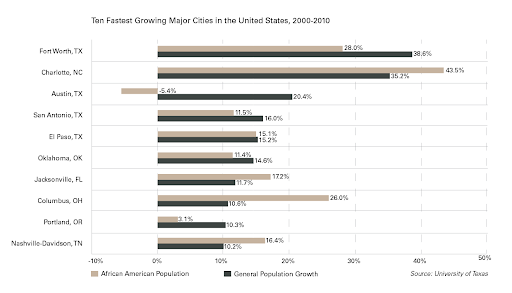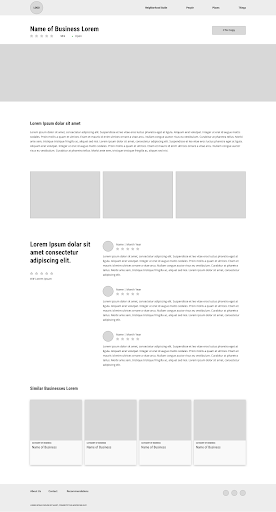Mentiond ATX
Connecting Black Austinites to culturally-relevant products and services.
Overview
Many Black people in Austin are looking for events that they relate to culturally but cannot find them because of the lack of communication and community in the inner city and metropolitan area. The Black Austinite’s Guide to (Surviving) Austin is a resource for Black Austinite’s who are already here as well as those thinking of moving to here.
Role & Duration
Product Designer
Research, Information Architecture, Interaction, Wireframes, Prototyping, Visual Design
Fall 2018
The Problem
The majority of the Black people that live in Austin are not from Austin and when they move here they are forced to feel the effects of culture shock. Many people leave because they cannot cope with the change/they feel unwanted and unwelcome in Austin. A large part of these people are recently moved and young (usually here for new jobs/school) and cannot find anything they’re looking for culturally speaking.
Historical Context
The Negro Motorist Green Book was an annual guidebook created by Victor H. Green from 1936-1966. Green, a mailman, originally published the book in New York City during the Jim Crow Era. The book was created in response to the growing Black middle class that wanted to travel the country with ease.
When traveling, Black Americans often faced racial discrimination including arbitrary arrests and refusal of food and lodging. This guide was created to showcase all the Black friendly places across the States.
Immersion Methods
For this project it was important to immerse myself in the community by talking with stakeholders (Six Square), going to events and interviewing Black residents of Austin. Immersion is perhaps the most important step in a process like this when facilitating a design solution for a community partner. Getting to know the target audience in a real and tangible way is pivotal for your design solution.
Observation
There’s a large following for the Black Art in East Austin and the community is supportive of the movement. Black Austinite’s realize they are disenfranchised and receive the short end of prosperity in Austin. There are organizations actively working to balance the scale. There is a lot of kids of color that want to stay and work in Austin but already feel the pressures of being a minority in Austin.
State of Black Austin at St. David’s
Creatives Connect at GSD&M
Black Art Tour// Six Square
Conversation
Omari worries about moving to the south and raising Black boys in Texas. Doesn’t trust the recommendations of people that do not look like him. Devine had a hard time finding community in traditional ways and took to the internet to learn more about Austin’s Black community. Nefertitti’s connections to her organization keeps her in the loop about what’s happening with the community but she would not know as much if not for her job.
Questioning
All of the people that took the survey were not originally from Austin and had moved to Austin for work. When asked what they missed from home they listed specific goods and services they could not find in Austin. Almost all were culturally relevant. The majority of the participants were from northern Texas (Dallas), the Midwest, and Florida.
Data as Secondary Sources
Austin is the only city in the Top 10 Fastest Growing Cities in the country to see a consistent decrease in the Black population. There was an increase of 4,385 “African Americans” between 2010-2016. The percentage of the population decreased from 8.4% to 7.6%.
Wireframes
Homepage
Product Category Page
Product Detail Page

The Solution
Create an online guide for Black Austinites already in Austin and thinking of moving to Austin to help guide them to cultural opportunities and community.
Prototype: Wix
Limitations & Conclusions
Overall, the Executive Director of Six Square Nefertitti Jackmon really enjoyed the idea and the process of working along with a designer. Because Six Square is a non-profit organization with very limited resources, many of the questions about implementation were around costs and understanding who would maintain upkeep for the site. The site was built on Wix to show the key players they could create an experience and also have full autonomy over their system but ultimately I would prefer to build on a different CMS such as Wordpress.










